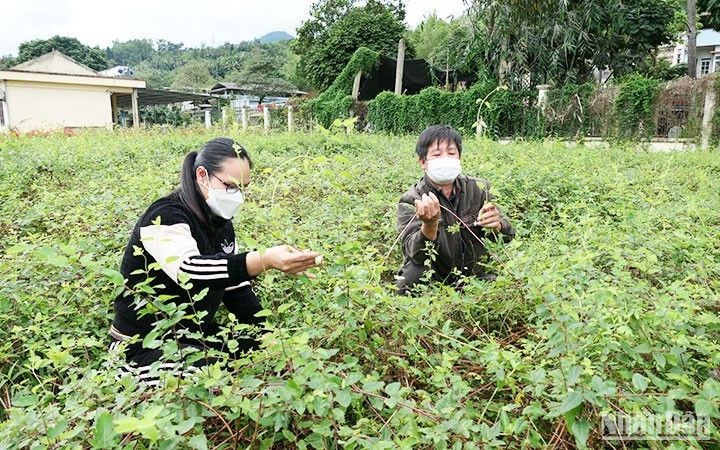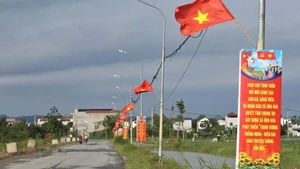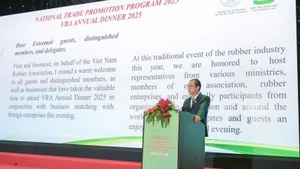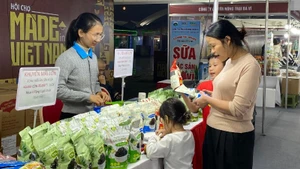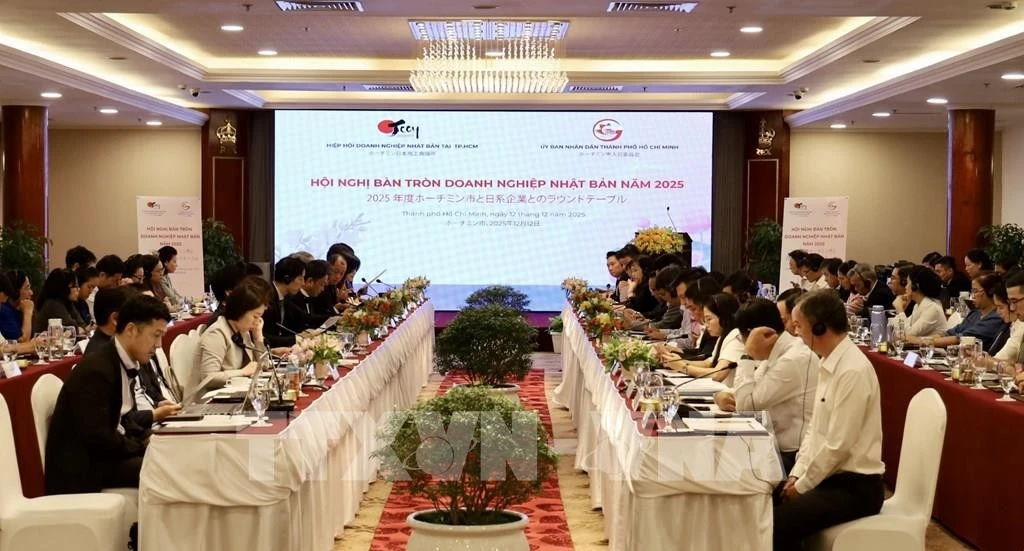Many rare and precious medicinal plant species with high economic value live in natural forests.
Currently, the cultivation of medicinal plants has been bringing in income from several tens to hundreds of millions of dong per hectare. For example, Tenh Phong commune, Tuan Giao district (Dien Bien) with the model of growing cardamom in an area of more than 80 hectares, gives an income of 50 million VND to 80 million VND per hectare, each year.
In Toa Tinh commune, Tuan Giao district, medlar and safflower produce an income of 40 to 60 million VND per hectare, per year.
Currently, the Yen Bai Agricultural and Medicinal Production Service Cooperative works with 60 households growing solanum procumbens in four communes of Van Yen district and Yen Binh district, with an area of more than 10 hectares, with an output of about 80 tonnes per year and revenue of about 3.8 billion.
However, the development of medicinal plants has limitations due to the lack of good varieties with high yield and quality, resistant to pests and diseases; Natural medicinal resources are degraded due to unsustainable exploitation for long periods of time; and the quality of natural forests, especially production forests, has declined in some areas.
The good quality forest areas suitable for the development of medicinal herbs are mainly concentrated in special-use forests and watershed protection forests. Although the area under medicinal herbs has increased in recent years (except for cinnamon and anise), the development and planting are still spontaneous, small-scale, and without planning, leading to low productivity, output and quality.
Besides, it has not yet attracted many large enterprises to invest in growing and processing medicinal herbs. Most of the medicinal plants under the forest canopy are consumed as raw materials, to be sold to traders.
Most areas with potential for growing medicinal plants are currently managed by State forest management organisations, but these organisations do not have the financial potential to invest in developing the material areas, as well as policies for joint ventures and production links in raw material areas; the traffic infrastructure in the growing area has not been completed. As a result, accessing and implementing investment projects on growing and developing medicinal plants face difficulties.
Currently, the country has more than 10.1 million hectares of natural forests. This is a great advantage and potential for the development of medicinal plants under the forest canopy.
According to statistics, the demand for medicinal herbs from domestic production facilities each year is estimated at 60,000 to 80,000 tonnes, most of which are used for the production of traditional medicines, functional foods, and cosmetics.
Therefore, to develop medicinal plants along the value chain, ministries, branches, localities and people need to plan planting areas and list medicinal plant species suitable for planting and development. It is necessary to give priority to speciality plants.
Along with that, it is necessary to plan areas for the conservation of rare and precious medicinal plants in nature, with priority given to special-use forests, because these are places to conserve genetic resources and provide seeds for production.
In addition, based on planning orientation, localities should review the land fund, and raw material areas, identify suitable plant species, then build projects on raw material areas associated with preliminary processing, and deep processing; develop codes of planting areas to manage origins; guide people to plant, care for and exploit several rare and valuable medicinal plant species under the forest canopy, towards sustainable development; carry out the planting, tending and collection of medicinal plants according to the standards to ensure the quality of raw materials; support the development of production along the value chain and growing areas of precious medicinal herbs; diversify forms of production organisation such as linking people with enterprises; establish cooperatives, cooperative groups to develop medicinal plants.
